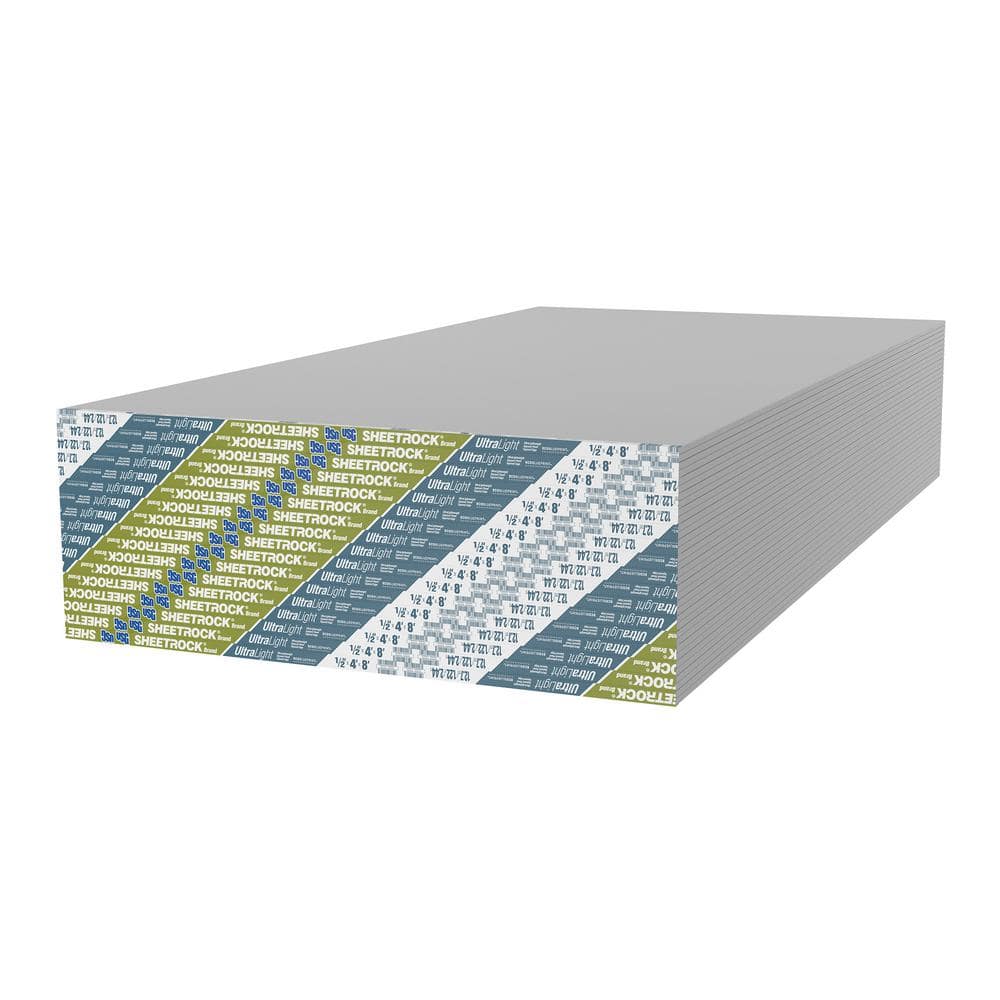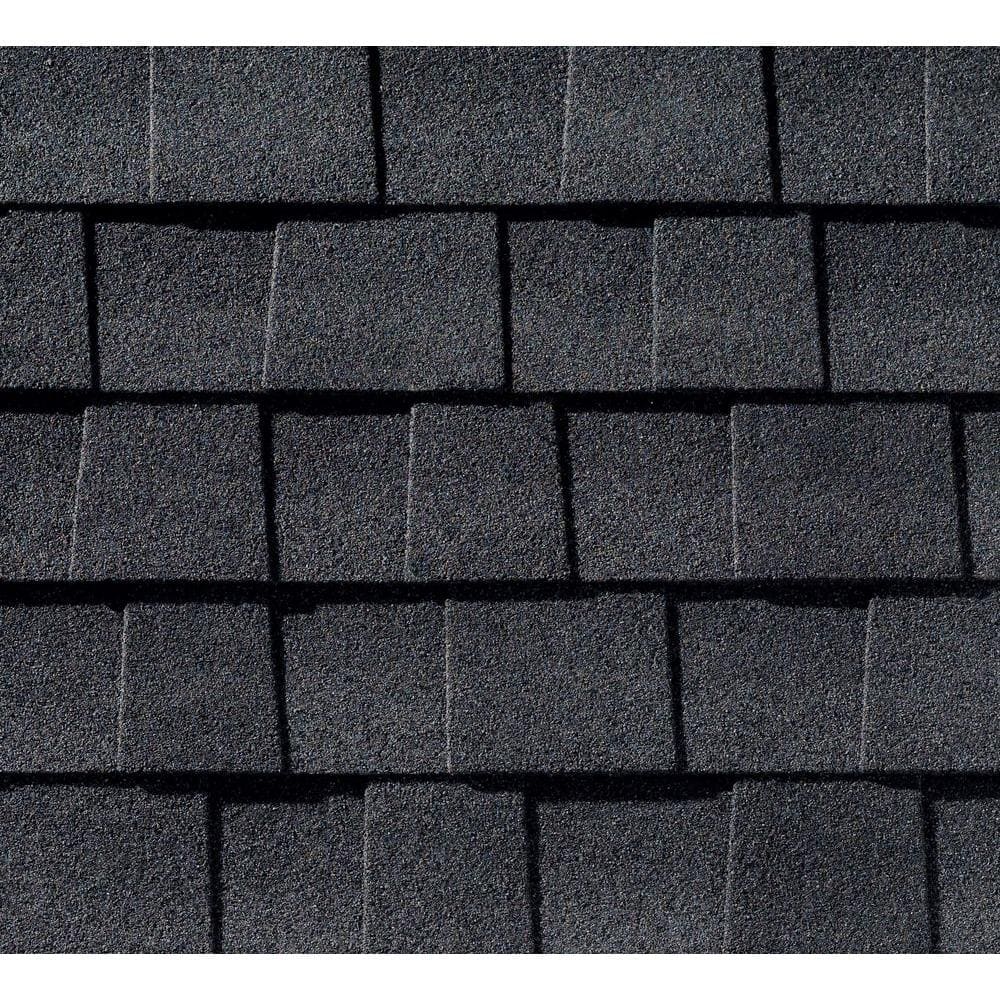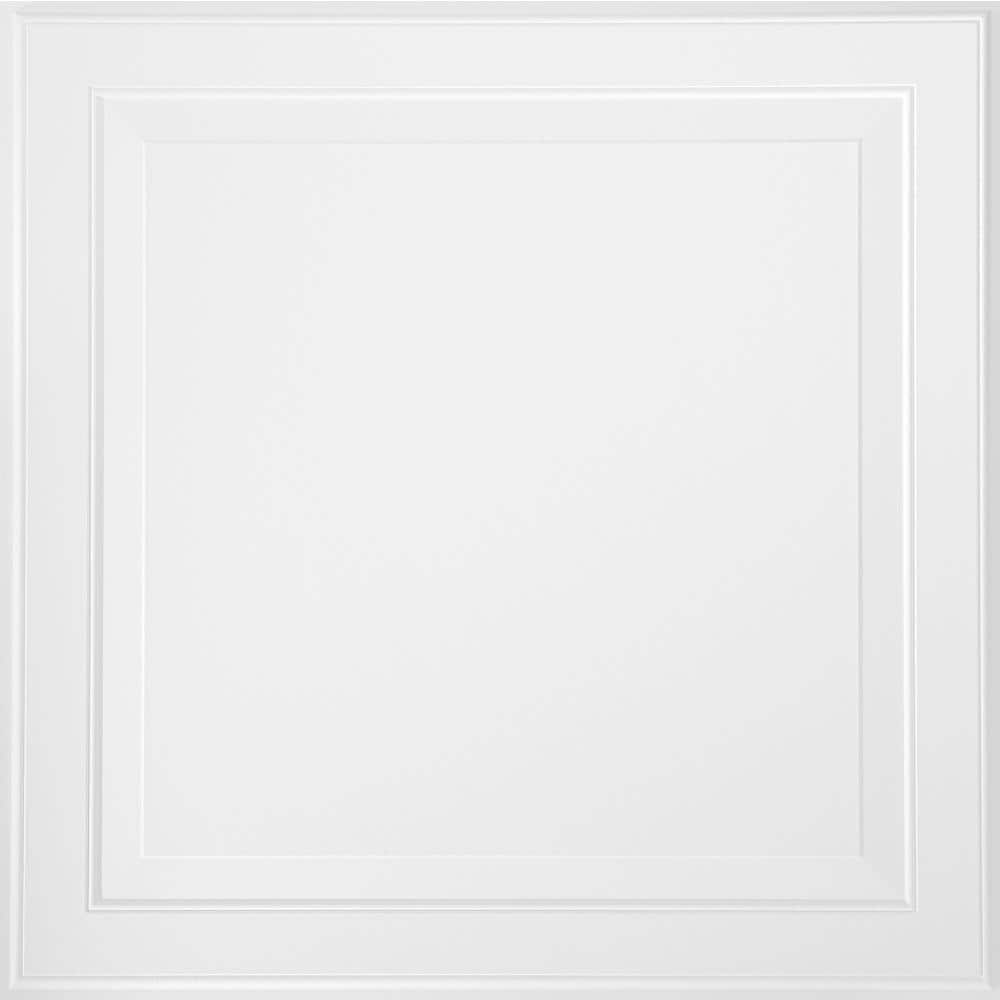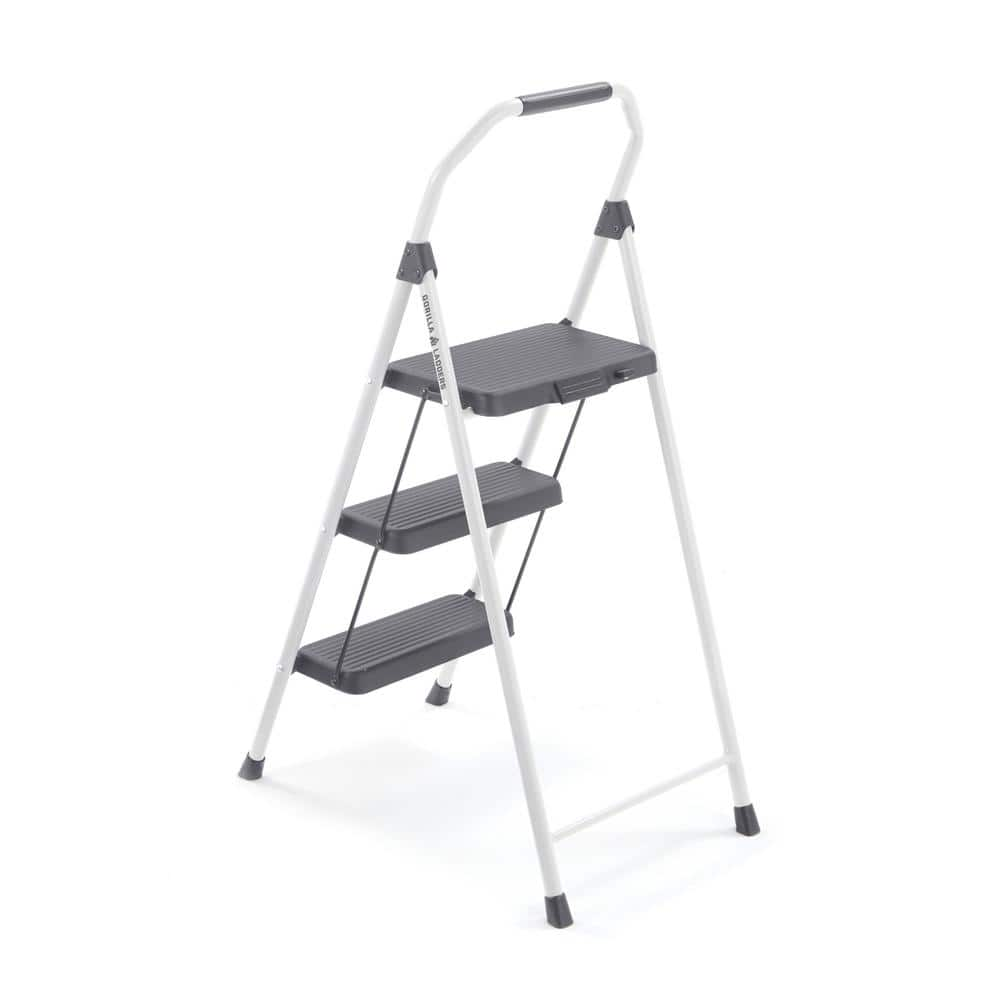USG Sheetrock Brand 1/2 in. x 4 ft. x 8 ft. UltraLight Drywall
Ultralightweight drywall for interior walls and ceilings. Easier to lift, carry and install, saving time and money. Superior score and snap, sag resistant.
Work on just about any DIY project with this Sheetrock UltraLight 1/2 in. x 4 ft. x 8 ft. Gypsum Board. It’s perfect for ceilings and walls as it weights 30% less than drywall and is easy to install. The boards are impact-resistant and durable with tapered edges for concealed, reinforced seams. It’s also sag resistant and ICC-certified.
- Intended for non-fire rated applications
- The non-combustible core is encased in 100% recycled face and back paper
- Score and snap easily
- Tapered edges for easily concealed joints
- For interior applications
- Use in new residential, and repair and remodel construction
Additional information
| Drywall Product Thickness (in.) | 1/2 in. |
|---|---|
| Product Length x Width (ft.) | 8 x 4 |
| Width (ft) x Length (ft) | 4 x 8 |
| Drywall Features | Sag Resistant |
| Product Weight (lb.) | 39.2 |






by Schmo
Sheetrock that rocks! How can you not like that?
by Alan
That’s excellent material.
by Jeff
After returning 31 terrible sheets, soft, crumbling etc. Purchased 20 new sheets and they were great.
by Steve
It seems its more expensive at the store than online. Next time ill order online and go pick up!